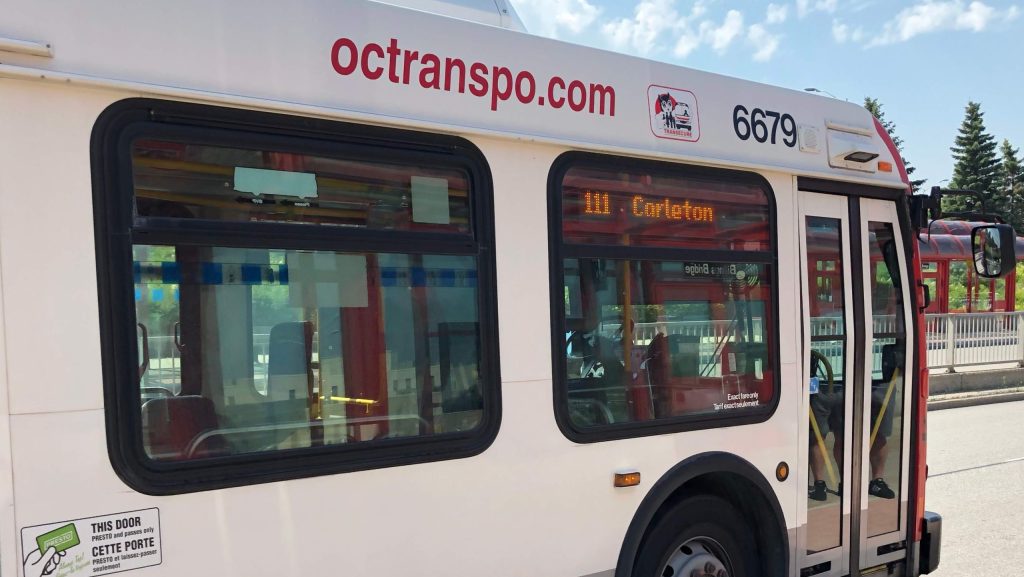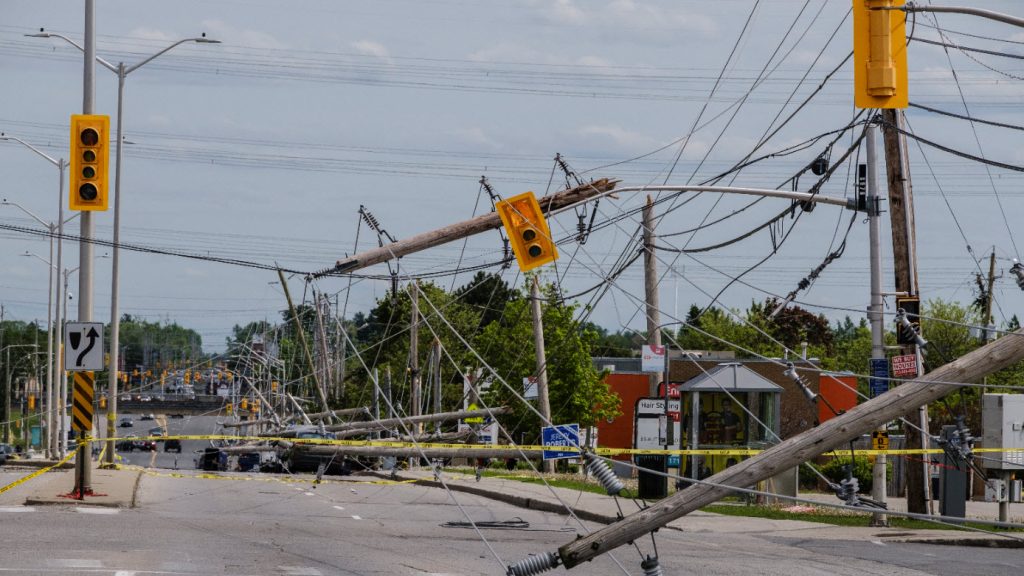New towing regulations for 2024

Posted Mar 6, 2024 07:00:00 AM.
Last Updated Feb 22, 2024 03:14:02 PM.
Drivers facing the stress and cost of needing a tow after a collision or breakdown now have their rights written into law.
As of January 1, 2024, the provincial government enacted the new Towing and Storage Safety and Enforcement Act (TSSEA), a piece of legislation that replaces the patchwork of municipal bylaws covering towing operator behaviour in the past. The TSSEA was advanced with input from key stakeholders from within the towing industry, including the three CAA clubs in Ontario.
TSSEA rules have been developed and executed to protect vulnerable consumers from “chasers”, tow truck operators who use various methods to scan for roadside incidents and then appear on the scene using intimidation tactics to pressure motorists to use their services, often at vastly inflated prices.
Closing loopholes
This new set of regulations has been designed to close current loopholes that allow for unscrupulous actors to take advantage of motorists in stressful situations, and also to protect the consumer from exorbitant towing and storage fees with a code to follow.
What you can expect under the new rules and regulations
There are a lot of new rules in place for motorists and tow operators. They include but are not limited to;
- You have the right to decide who can tow your vehicle and to what location unless directed otherwise by police
- You must be provided with an itemised invoice before requesting payment and a proper receipt upon payment
- Rates cannot exceed the maximum rates published with the Ministry of Transportation
- Multiple payment methods must be accepted (cash, cheque, credit card, debit)
- Towed vehicles must be transported along the most direct route
- Tow truck operators must obtain a written Consent to Tow from you before they tow your vehicle
- Customers must be allowed to retrieve personal items from towed vehicles at no charge
Supporting tools to further protect the public will be rolling out this year, including an online portal with every tow operator’s maximum rate posted, plus a portal for public complaints.
Five strategies to protect yourself
CAA North and East Ontario (CAANEO) recommends following these guidelines to its members;
- Call CAA right away to report a breakdown or accident. A CAA driver will be assigned to you and they will report their location and give you an ETA for arriving at your site.
- Your CAA contact will supply the name of your assigned CAA tow operator so you can verify their ID when they arrive on the scene.
- Stay in contact with CAA, either by remaining on the phone or by texting until your tow truck arrives. Members can also track the truck on the CAA mobile app.
- If a chaser arrives before your driver, ask them to confirm their company name and record their vehicle information in as complete detail as you can, in case you need to file a police report later.
- Never hand a driver your keys or sign a consent for them to tow your vehicle without properly identifying themselves. Once you hand over your keys, you no longer have control over your vehicle, so it’s important that you wait for CAA to arrive.
Towing operators in Ontario must be provincially licensed, and display their company name and certificate number visibly on their trucks. All operators must obtain your signature on the Consent to Tow form and obey TSSEA regulations and the Highway Traffic Act and its regulations.
To learn more …
Visit Towing and Storage Safety and Enforcement Act (TSSEA) – CAA North & East Ontario (CAANEO.ca) for information about new consumer protections and towing rights.
For more detailed information, please visit here.
This content is made possible by our Sponsor; it is not written by and does not reflect the views of the editorial staff.








